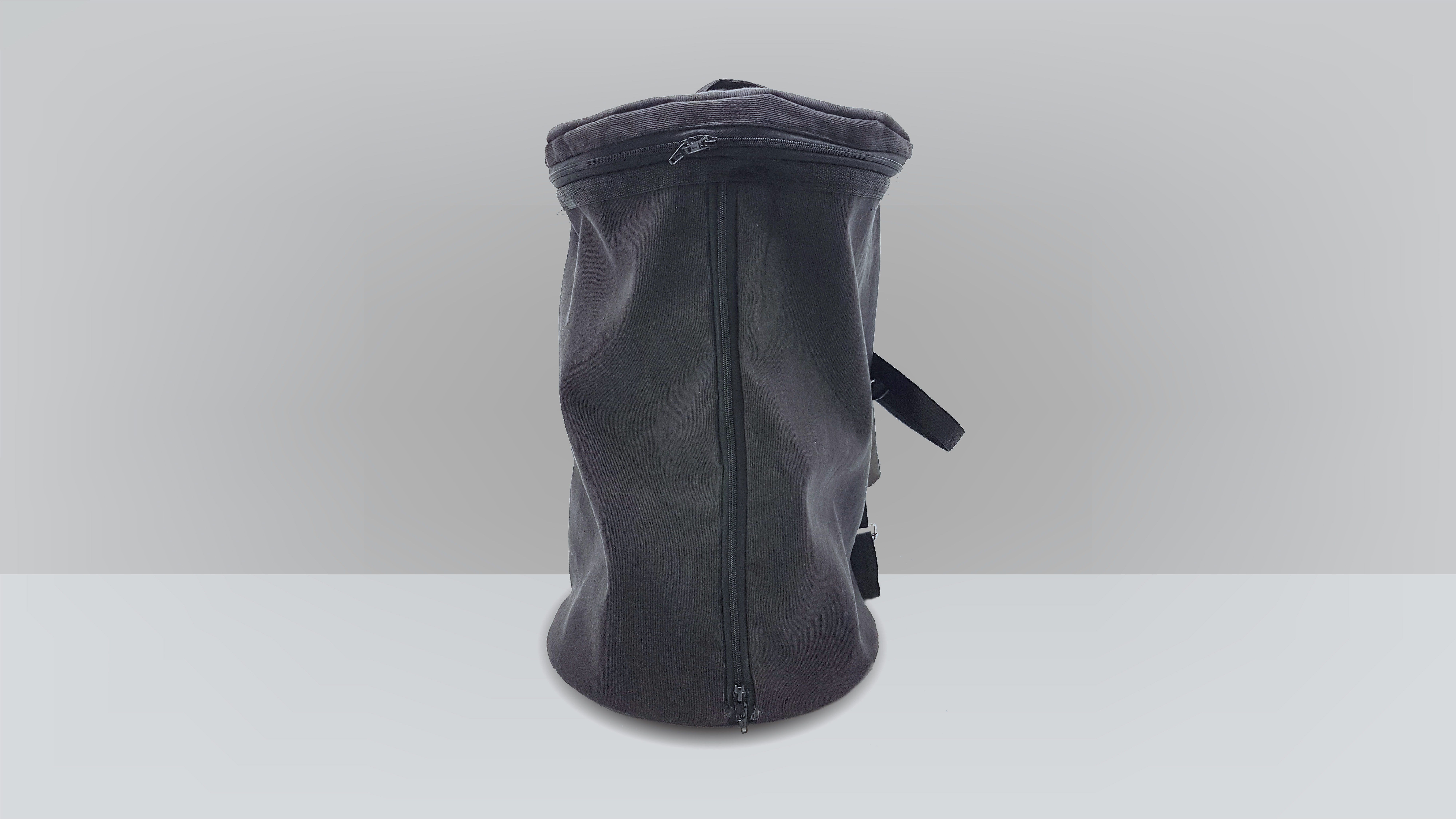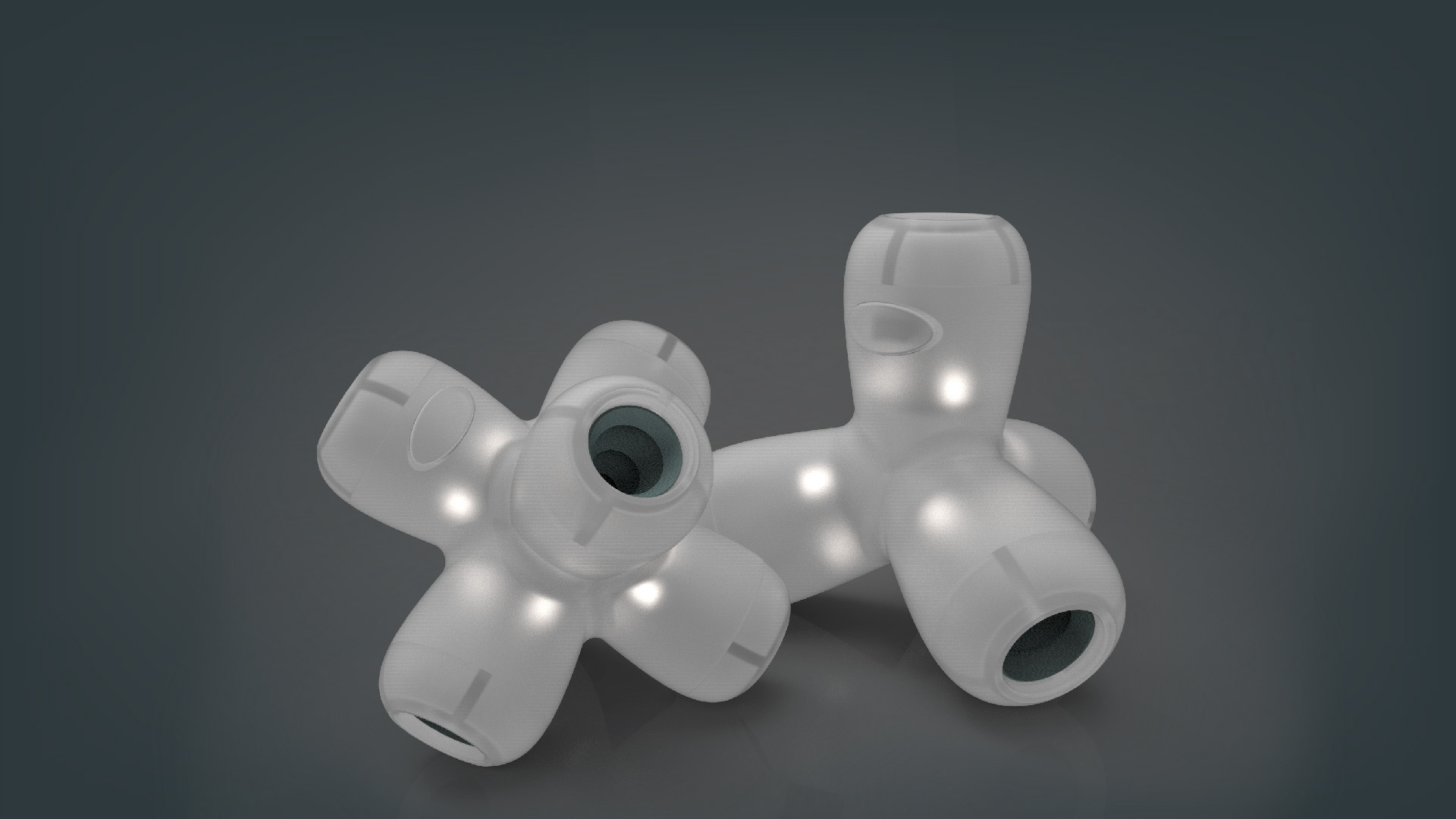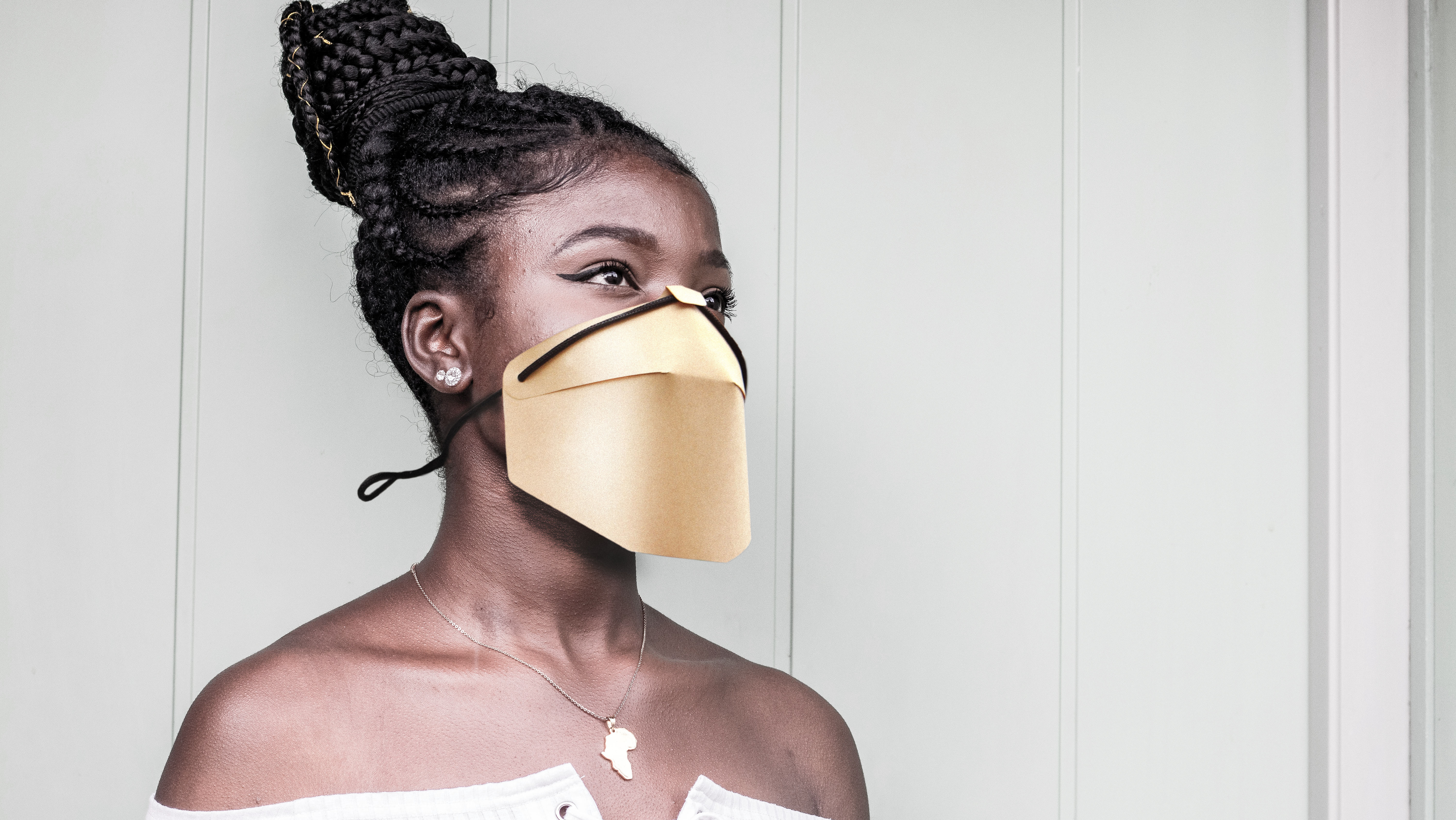Research
Every year, hundreds of hectares of forest disappear from forest fires in Ontario alone. A crew of four to five staff of OMNRF (Ontario Ministry of Natural Resources and Forestry) firefighters are deployed to a forest fire and the mission can range from overnight to 14 days. Water is a vital resource, dehydration and heat-related stresses are a large threat to the firefighters. Currently, crews supply their water through plastic water bottles coming in 24 bottles of a case. Plastic water bottles are really efficient. Water is clean, easy to transport and simple to drink. Despite their benefits, there is an ugly side of plastic water bottles. Plastic wrapping of cases are weak, they are difficult to carry individually (firefighters drink about 4 to 6 liters of water per day), the volume of waste is significant, they have a large impact on the environment and they are expensive.
Pros and Cons of Plastic Water Bottles
Idea
Plastic water bags can reduce environmental impact and improve utility. In developing countries like Haiti, plastic water bags are an affordable alternative to water bottles. Plastic bags have less environmental impact compare to conventional water bottles. It can contain more water with less material. The reduction of a material decreases the cost of manufacturing, transportation, volume and weight of waste.
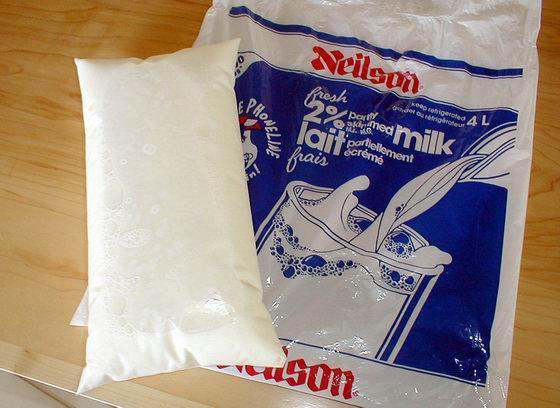
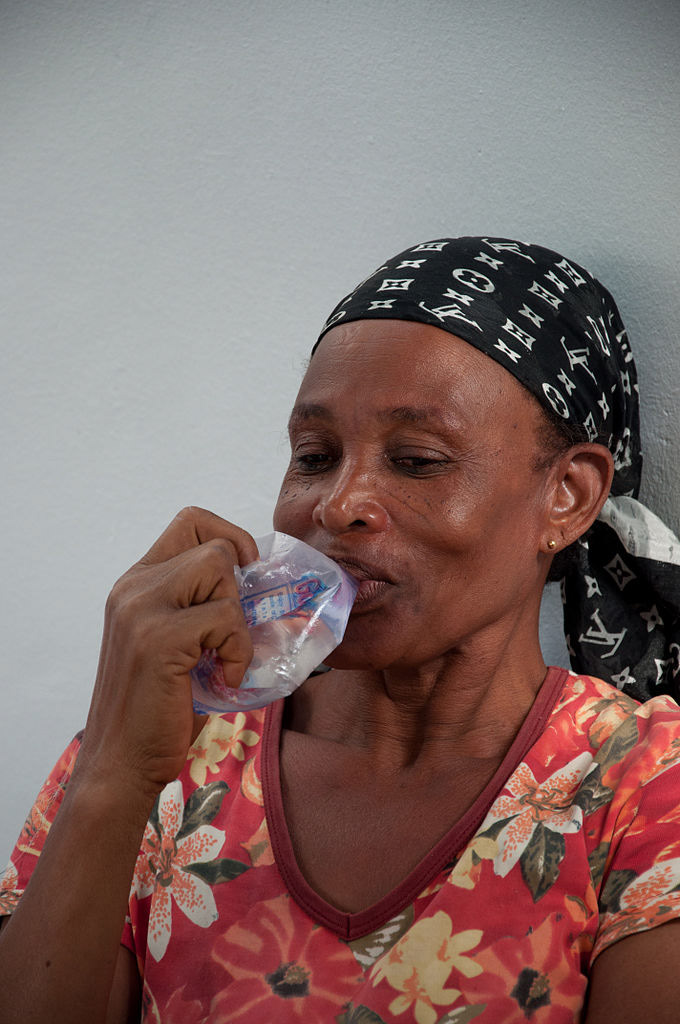
To reduce the environmental impact, I developed a life cycle. The goal of the life cycle was closing the loop by recycling material. One of the difficulties of recycling plastic is that it is impossible to know the source of plastic. Recycled supplies are often contaminated and they are in a mixture of different plastic types. The recycling process is energy intensive and never pure enough for more plastic bottles. Use of plastic bags can improve the recycling process due to their simplicity in manufacturing. Producing plastic water bags is simple enough it can be manufactured within the ministry. That will allow a close connection throughout the supply chain. Through the established connection, recycling can be done exclusively with water bags from OMNR. Because plastic bags are made of only one type of plastic, LDPE (low-density polyethylene), processing can be reduced. If the quality of recycled plastic is not good enough for the water bag, it can be used to make plastic packaging for transportation. Plastic can go through a full life-cycle multiple times until it loses plasticity completely.
Ideation and Prototyping
The goal of the design of the mouthpiece was efficiency and control. Mounting the mouthpiece should be simple and quick. It should contain water properly and provide control over the flow of water. I got my idea from air tube. Water should come out only when the user wants it, the mouthpiece on the air tube did exactly that. When the user squiz the end, water shoots out. The connection between the piece and water bag had to be air tight. I researched and tested different types of connection, mainly ivy tubes. Through a use of plastic straw and a screw cap, a tight seal was achieved. The screw cap later incorporated a cutout to ease the mounting step.
I also improved the utility of the water bag. Cutouts for grip were placed across the profile to maximise the versatility of the bag.
Use Cycle
Final Rendering
Internals



